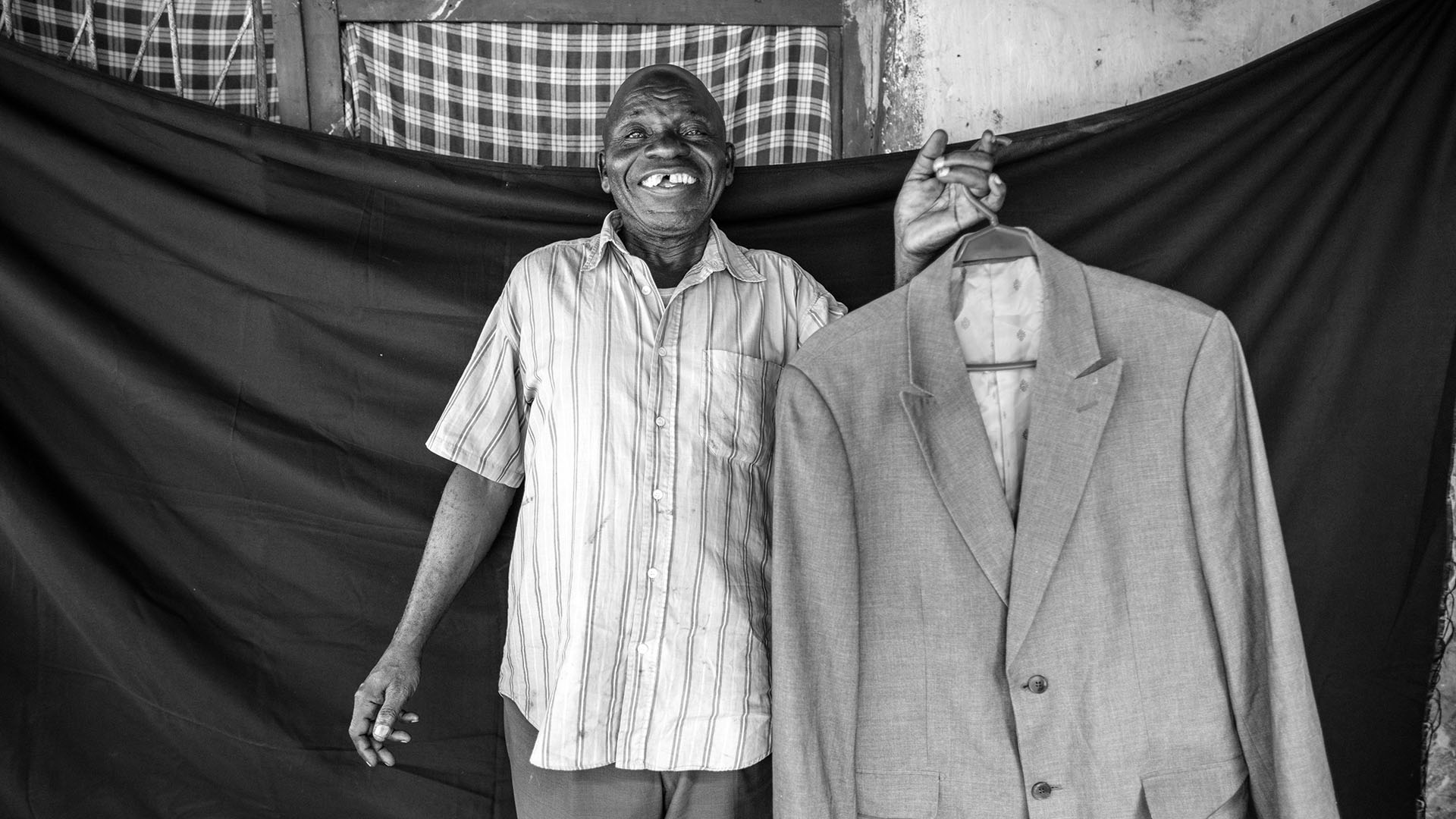Colombia's displaced youth sing out for own space
Colombia's displaced youth sing out for own space

BUENAVENTURA, Colombia, May 19 (UNHCR) - They take to the streets in large numbers, hips squared, heads cocked and looking tough in sunglasses and baseball caps. There is tension in the air as the other slum-dwellers watch from the second floor, unsure of what to expect.
Then the music blasts and the camera starts rolling. This is My Territory, a music group of 27 young Afro-Colombians, is making its first music video with help from the UN refugee agency. Everything about this production is home-grown, from the original song recorded on someone's old laptop, to the makeshift studio soundproofed by egg cartons, and the filming location in the local barrio (neighbourhood).
The band was formed and named after a two-day urban music festival last December. The event provided a platform for more than 300 youth to organize themselves against violence in Buenaventura, the largest port on Colombia's Pacific Coast and a hub for people displaced by clashes between illegal armed groups in the surrounding areas.
Ubaldino, a 28-year-old band member, was displaced in 2006 after killings near the Cajambre river. "People were threatened. If they didn't submit to the will of illegal armed groups, their end was written. It was better to escape and lose our crops, and start from scratch," he said. "My mother died of a stroke shortly after because her life changed completely and she suffered a lot."
Father Adriel, who has worked with the youth of Lleras barrio in Buenaventura for five years, noted, "The armed conflict has disrupted the family structure and very few of them have parents. They have always struggled in order to achieve something, even a daily meal."
Many of the displaced youth have casual jobs as bus drivers, cobblers, barbers, fishermen or construction workers. Not all of them had the chance to finish school because they lacked money or had to help support their large families. They live in the slums of Llera, on land reclaimed from the sea and filled in by trash, shells, mangrove, mud, gravel and cement.
These realities are reflected in their songs. "Music means everything to me," said Angel, the band leader. "I've played since I was eight. The first time I was displaced I slept in a tree and lived on a diet of bread, water and brown sugar. Sometimes there are no opportunities for young people in my region. This is what I was obliged to do, [there was] no other option."
Land and identity are a key part of their message. "Territory is life and life isn't possible without territory," sings the band in one of its songs. Band member Jason, 22, explained, "This is My Territory is a group of young people who have been through hunger, violence, everything, but despite that we are here together because of the music. Music helps us to transmit messages to people and our message is that there are young people fighting for their land."
The armed conflict has made it more difficult in some areas for young people to use parks and sports venues. Buenaventura's youth are thus eager to participate in the construction of living spaces and public projects to defend the territory and rights of communities.
"We are part of an ethnic [Afro-Colombian] group that has special characteristics. We have our own culture and traditions, we share a common history and keep our identity," said one band member, echoing the group's views. "Consultation is important. We must guarantee the right of free participation and decision-making to develop ourselves and the community and thereby improve living conditions."
Some 75,500 Colombians are currently displaced in Buenaventura from along the rivers of the Pacific Coast and from different neighbourhoods within Buenaventura.
By Francesca Fontanini in Buenaventura, Colombia








